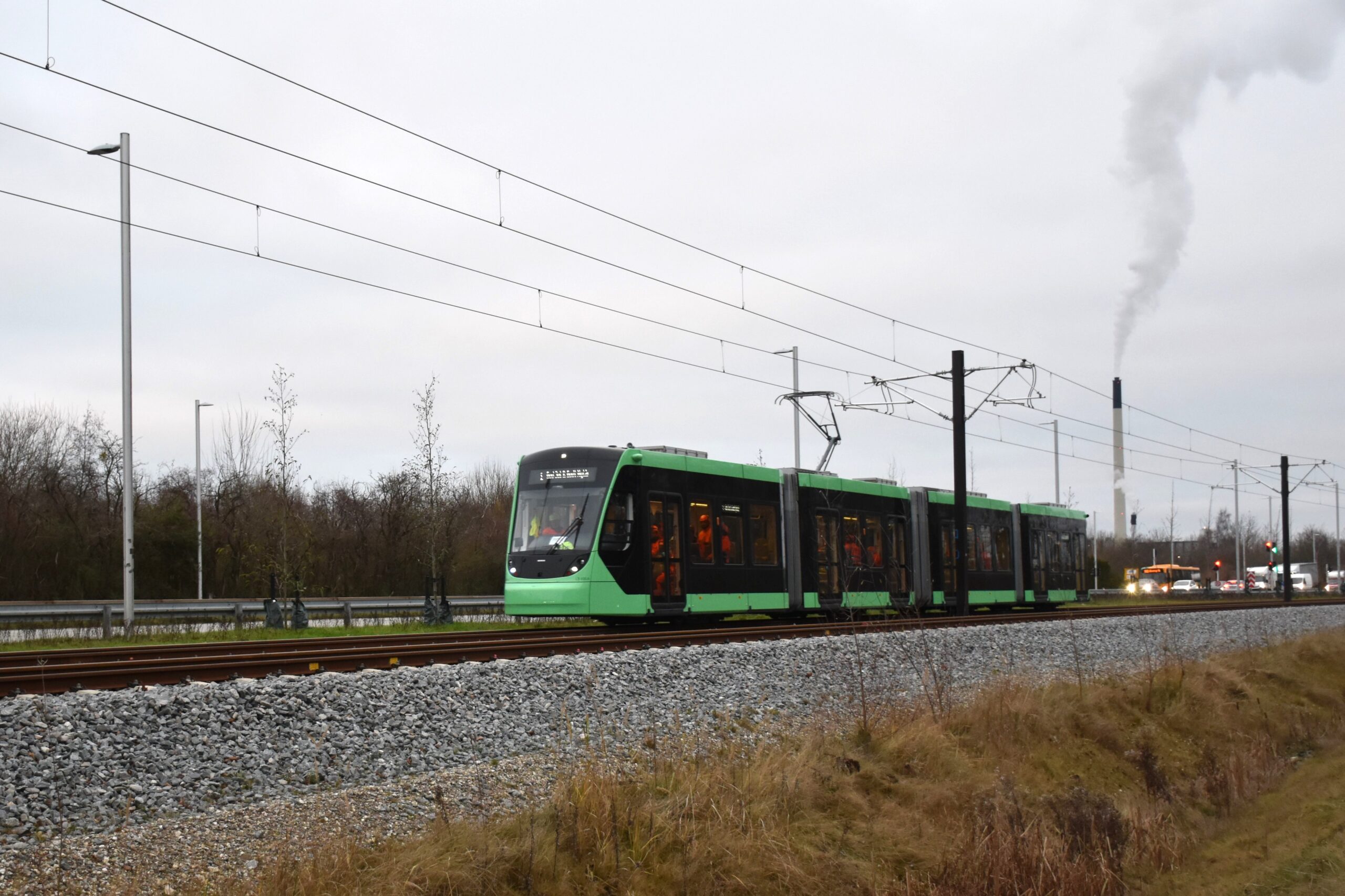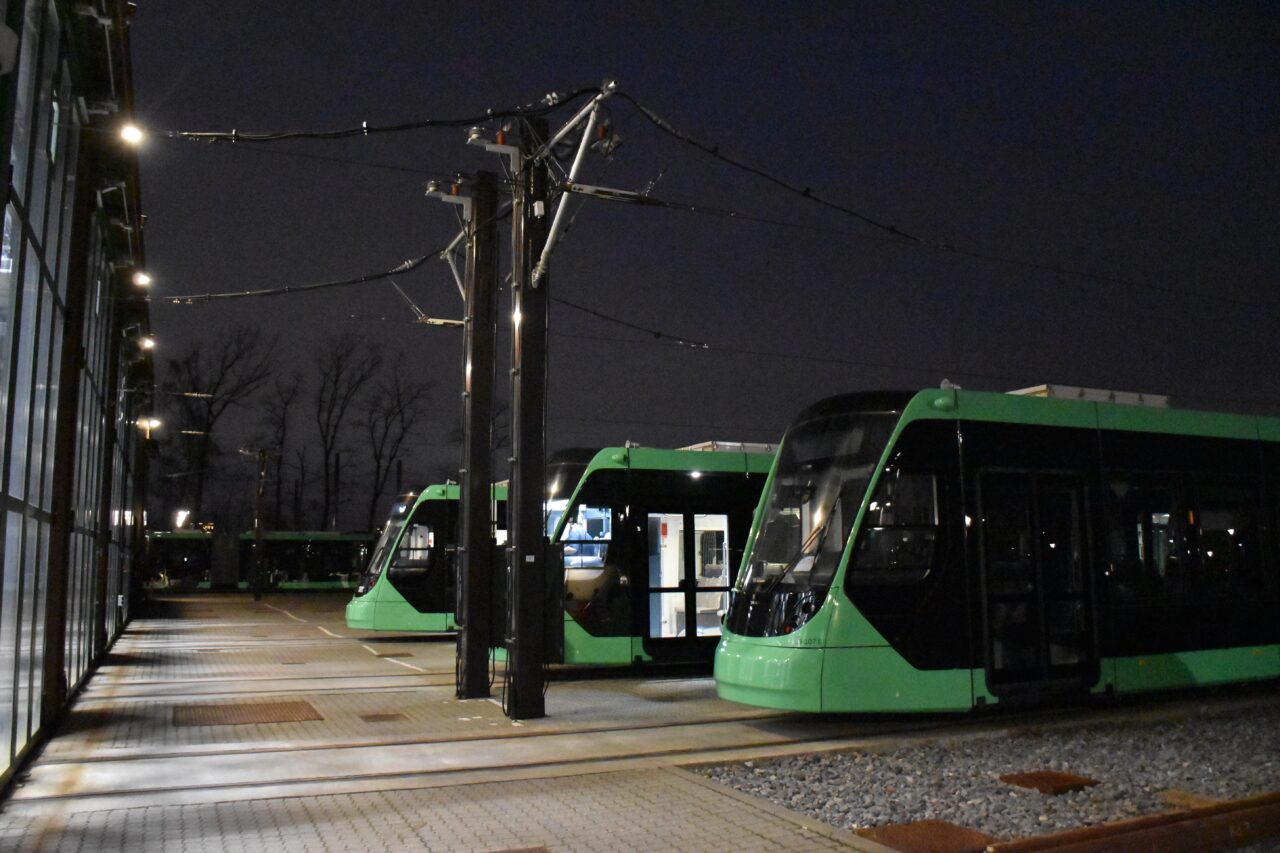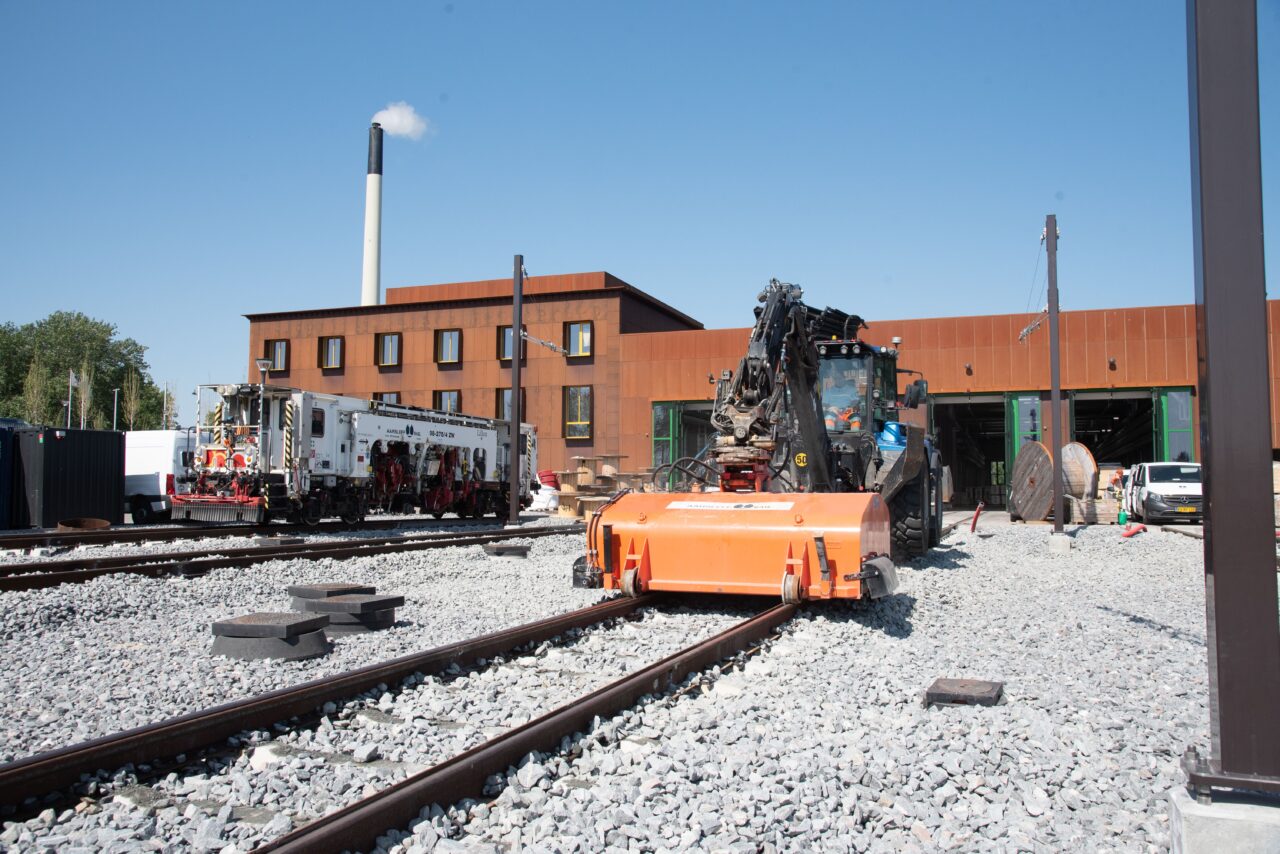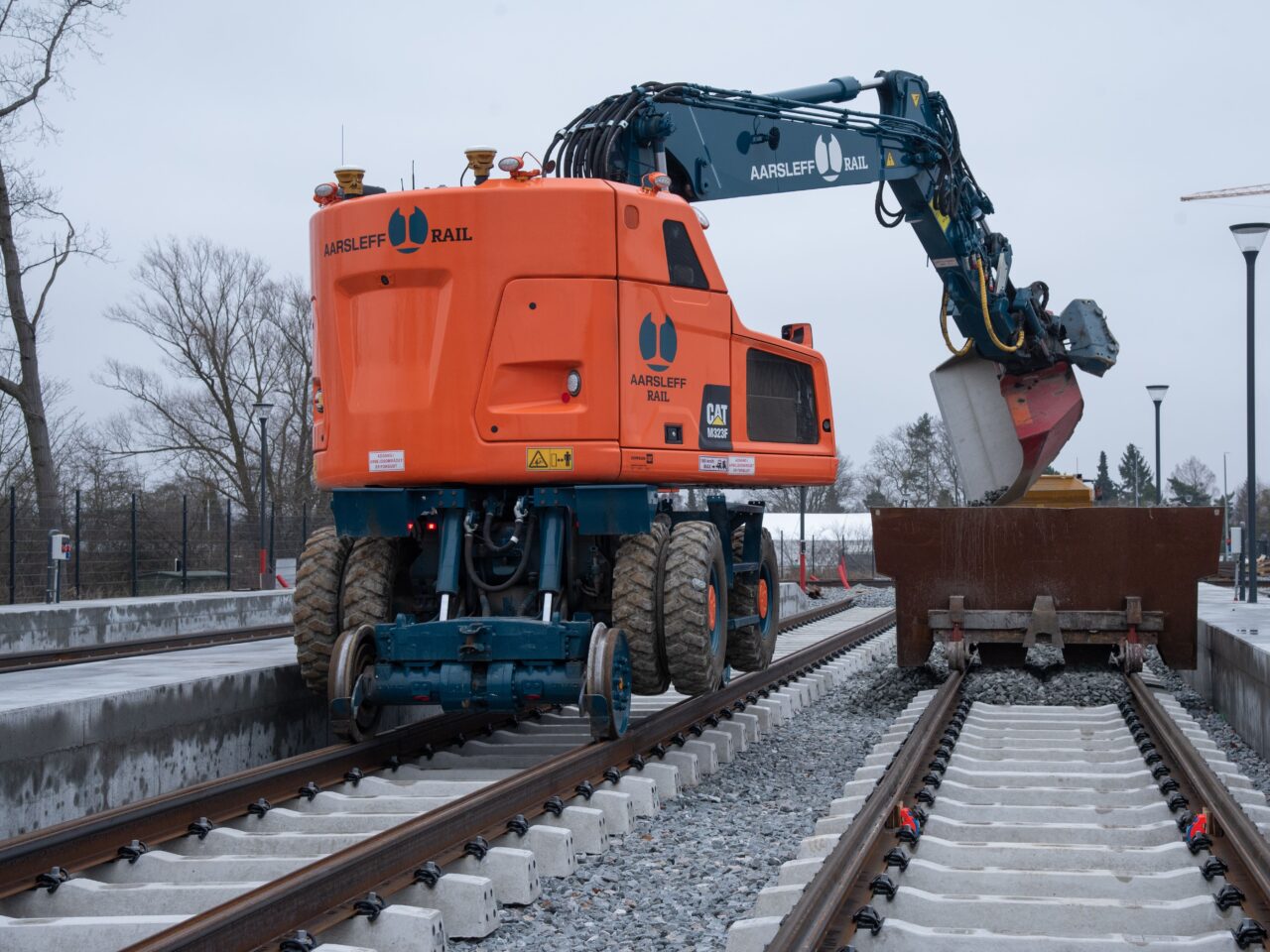
Greater Copenhagen Light Rail
Aarsleff Rail is constructing the new 28-kilometre-long light rail system on the western outskirts of Copenhagen. The light rail will strengthen the area’s public transport infrastructure and help alleviate the region’s significant mobility and congestion challenges. Once completed, the system is expected to carry approximately 13 million passengers annually.
Aarsleff Rail is working in consortium with Siemens AG and Siemens A/S under a contract that includes the design, delivery, and execution of the complete track system, the catenary system, and the delivery of 29 train sets.
Two sections of the project have already been completed and handed over to the client: the control and maintenance centre in December 2023, and the first 6 km section in August 2024.
Project details
Location
Denmark
Client
Hovedstadens Letbane I/S (Greater Copenhagen Light Rail)
Type of contract
Design and build
Partner/subcontractor
Consortium Siemens-Aarsleff: Aarsleff Rail A/S
Status
Ongoing
Project period
2018–2025
Project Facts
19 km double track (ballasted type) and 6 km slab track (2.5 km as green track)
Installation of turnouts and crossovers, including complex geometries
Complete catenary system, including prefabricated power supply stations
Railway safety and compliance (CSM), coordination with Danish Civil Aviation and Railway Authority
Turnkey Contract with Clear Division of Responsibilities
Aarsleff Rail is responsible for the design and construction of all track structures, drainage, stations, catenary masts, and prefabricated power supply stations.
We’ve also installed all technical systems designed by Siemens, including earthing systems, return current monitoring, cable ducts and cables, low voltage power supply, signalling, automatic vehicle location, SCADA, telecommunications, and CCTV.
Building in Urban Environment
Throughout the design and construction phases, we’ve worked closely with a wide range of stakeholders, with special attention paid to two hospitals near the route. Coordination with adjacent contractors ensured high-quality design solutions.
The urban setting required the development of many interface solutions with utility companies and traffic authorities, including a significant number of road diversions.


